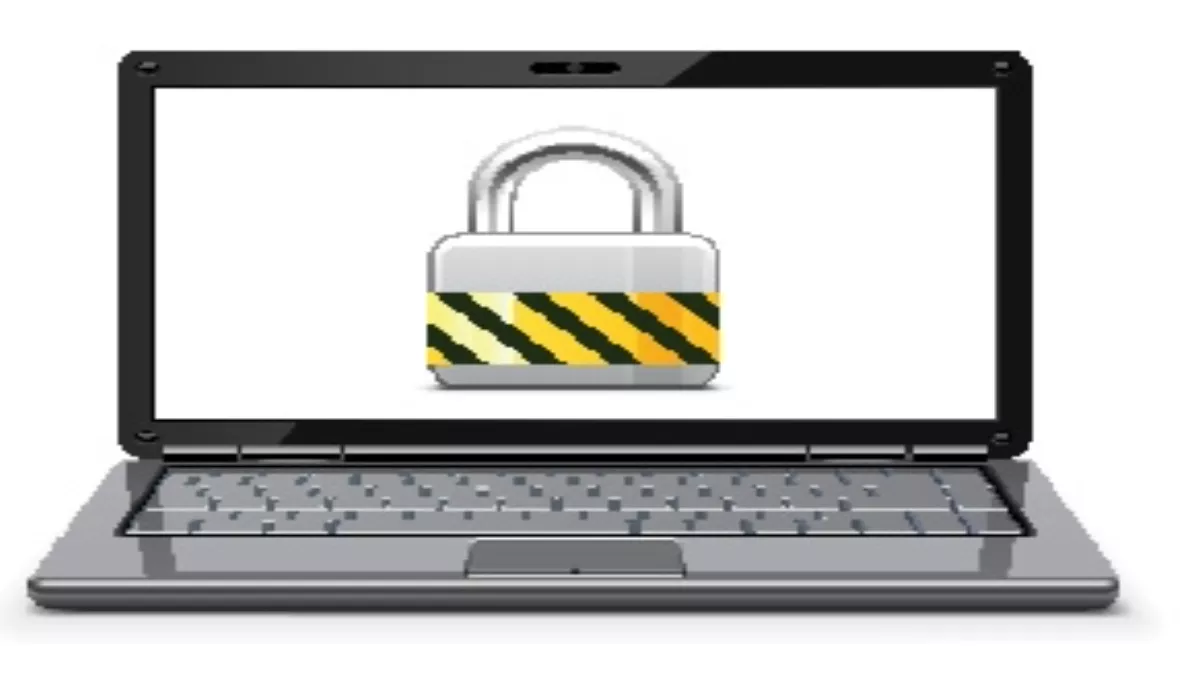
Change is an opportunity for optimisation
With a proliferation of security applications and infrastructure designed to combat the increasing number of advanced threats, many organisations are finding management of their security systems complicated, time consuming and costly. Desktops are often littered with applications for everything from anti-virus to encryption, firewalls with jumbled rules and policies deployed over many years. In the current economic climate, it is more important than ever for businesses to ensure they are gaining the most from their assets, rather than reactively deploying new services. The economic climate continues to drive cuts in security budgets. How often do we hear the request from above to "do more with less”, while continuing to preserve the integrity of the network?Compliance requirements, mobility, remote access and the continual malware threat require robust security implementations. As market conditions decline, security requirements tend to increase. Staff layoffs raise the "insider threat” from disgruntled employees, and the global financial crisis increases regulatory compliance. With more people and organisations struggling financially, levels of computer crime rise. Now more than ever, organisations should address their security architecture to assess the potential risk of each component and discover new ways to reduce cost in line with budget needs.Historically, organisations have taken an organic and reactive approach to their security infrastructure. In response to advanced threats, IT departments will typically deploy point products against each threat. While this ensures those threats are managed, it leads to multi-vendor infrastructures that are fragmented, inefficient and more costly to operate and manage.In a survey by the ISSA Journal in 2009, the average number of rules in a typical firewall increased dramatically over the last seven years, by as much as 500%. In Datacraft’s own assessments, we have found in many cases up to 50 per cent of rules in a typical firewall are not used. Five years ago many organisations didn’t even have anti-virus installed on the desktop. However, today a typical desktop is cluttered with security software including personal firewall, VPN, anti-spyware, anti-virus and host-based intrusion prevention; all increasing the load on our already constrained desktops.The need for IT Managers to make the decision to rationalise, consolidate and optimise their security infrastructure has been present for some time, as budgets have been squeezed. Organisations looking at their aging infrastructure are faced with the opportunity to review and get more value from IT security. It is pivotal for IT managers to take steps to ensure that their security investment is fully exploited and investments are optimised, while maintaining and improving security posture.Security solutions:Firewall AssessmentFirewalls are the foundation of any security implementation and often a significant expense in respect to maintenance and management. Firewall deployments grow quickly as new communication channels open up to the internet and firewall upgrades are often necessary to cope with this increase. These upgrades are often unnecessary, driven by poor firewall performance as a result of complex and poorly configured rules. In many cases, unused and duplicate rules are not purged from the rule base, reducing the performance of the firewall. Undertaking a comprehensive firewall assessment provides organisations the opportunity to reduce the size and complexity of the rule bases leading to better performance, cost and improved security.Unified Threat Management (UTM)Security components within the network can be consolidated into fewer solutions, reducing licensing and support costs and improving operational management. UTM devices are now a mature technology and have been deployed across medium to large enterprises and service providers.Migrating to a UTM environment may require upfront investment, but IT Managers may find their existing infrastructure is upgradeable with additional services. The kinds of consolidation that can occur on a UTM solution include services such as:
- Firewall/VPN
- Intrusion Prevention Systems (IPS)
- Web content and email filtering
- Anti-virus and malware filtering
- Web 2.0 Application Controls
- Traffic acceleration
- Data loss prevention
- High license costs
- Increasing complexity and risking desktop incompatibility, increasing the number of help desk calls and desktop resource utilisation
- Software updates burdening the user, placing further cost and risk to security if not done

